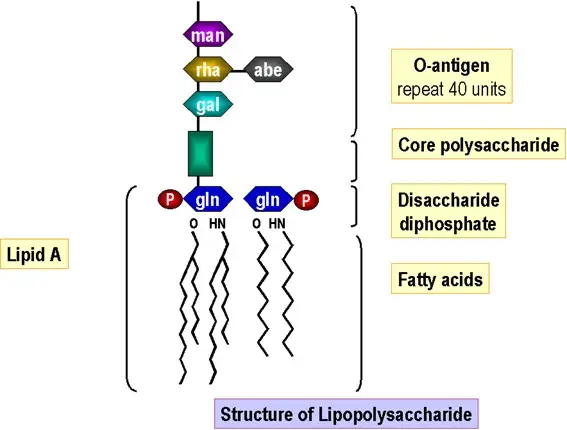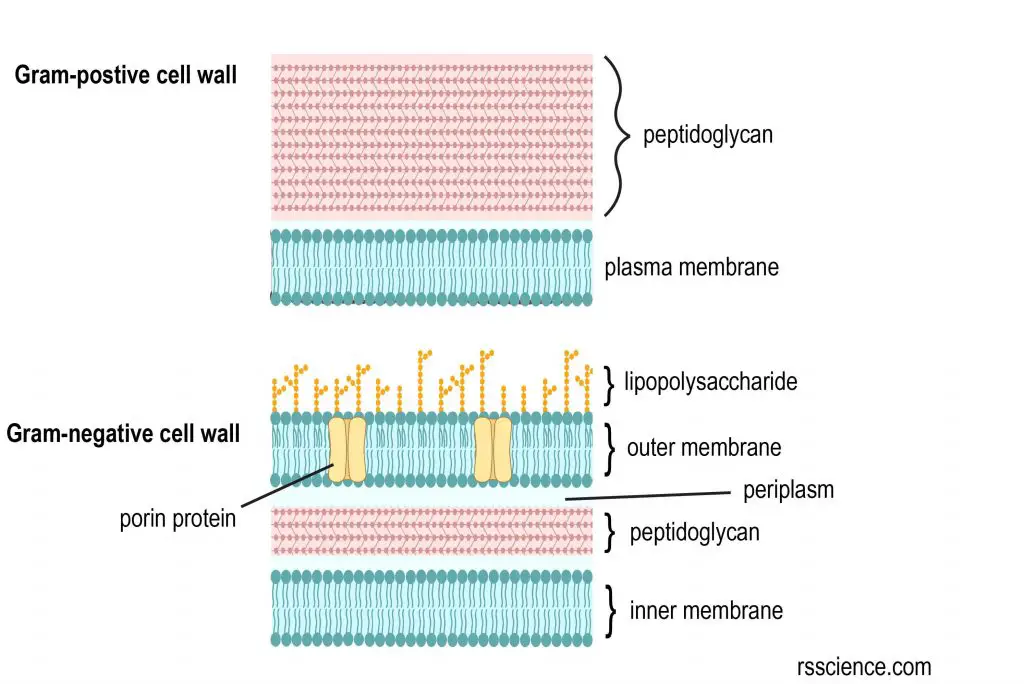

read more, wound or surgical site infections, and meningitis Acute Bacterial Meningitis Acute bacterial meningitis is rapidly developing inflammation of the layers of tissue that cover the brain and spinal cord (meninges) and of the fluid-filled space between the meninges (subarachnoid. Bacteremia may result from ordinary activities (such as vigorous toothbrushing), dental or medical procedures, or from infections. read more, bloodstream infections Bacteremia Bacteremia is the presence of bacteria in the bloodstream.

The tube that carries urine from the bladder out of the body (urethra) contains no bacteria. read more (inflammation of the membrane that lines the abdominal cavity), urinary tract infections Overview of Urinary Tract Infections (UTIs) In healthy people, urine in the bladder is sterile-no bacteria or other infectious organisms are present. Gram-positive bacteria have a thick peptidoglycan (linked protein + sugar) cell wall.

The pain may be the only sign of the need for surgery. Different categories of bacteria have different types of cell walls. Severe abdominal pain that comes on quickly, however, almost always indicates a significant problem. read more, peritonitis Peritonitis Abdominal pain is common and often minor. Gram-positive bacteria have a thick cell wall that is exposed to the fluid in the environment. the differential step in the gram stain is the addition of grams iodine. after the first step of the Gram reaction, all cells will be colored. Pneumonia is one of the most common causes of death worldwide. This wall is made of peptidoglycan, a mix of proteins and sugars. all bacteria possess a cell but not all bacteria possess a cell. “ Acinetobacter in Healthcare Settings.” Centers for Disease Control and Prevention.Gram-negative bacteria can cause many serious infections, such as pneumonia Overview of Pneumonia Pneumonia is an infection of the small air sacs of the lungs (alveoli) and the tissues around them. “ Haemophilus influenzae serotype f endocarditis and septic arthritis.” IDCases, vol. “ Molecular pathogenesis of infections caused by Moraxella catarrhalis in children.” Swiss Medical Weekly, 29 Oct. D) Decolorize., If you were staining Gram-positive bacilli and Gram-negative cocci. Do not overlap any steps., After you add crystal violet to the slide, what should be your next step A) Rinse with distilled water. “ Gonorrhea - CDC Fact Sheet (Detailed Version).” Centers for Disease Control and Prevention.īernhard, Sara, et al. Study with Quizlet and memorize flashcards containing terms like Arrange the steps of the Gram staining procedure in their correct order. “ Pathogenesis of Meningococcemia.” Cold Spring Harbor Perspectives in Medicine, vol. “ Endotoxin Elimination in Patients with Septic Shock: An Observation Study.” Archivum Immunologiae Et Therapiae Experimentalis, vol. “ Group A Streptococcal (GAS) Disease.” Centers for Disease Control and Prevention.Īdamik, Barbara, et al. “ Methicillin-Resistant Staphylococcus Aureus (MRSA).” Centers for Disease Control and Prevention. “ Bacterial Biofilm Formation on Implantable Devices and Approaches to Its Treatment and Prevention.” Heliyon, vol. The Gram-negative’s cell wall is thinner (10 nanometers thick) and less compact than that of Gram-positive bacteria, but remains strong, tough, and elastic to give them shape and protect them against extreme environmental conditions.


 0 kommentar(er)
0 kommentar(er)
